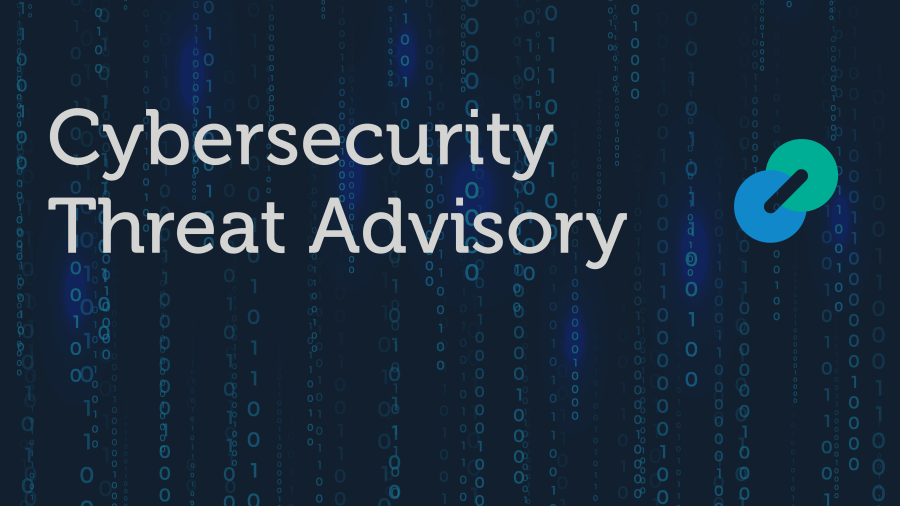In an age where digital threats have become more sophisticated and widespread, organizations must adopt comprehensive cybersecurity strategies to safeguard their sensitive information. Cyberattacks, data breaches, and vulnerabilities can disrupt operations, harm reputations, and lead to significant financial losses. In this article, we provide expert advice to help you understand the nuances of cybersecurity, protect your digital assets, and prepare your organization for emerging threats.
Understanding Cybersecurity: A Comprehensive Overview
Cybersecurity encompasses a wide range of practices and technologies designed to protect networks, devices, programs, and data from unauthorized access and cyberattacks. The modern cyber threat landscape has evolved, requiring businesses of all sizes to implement a multifaceted approach to security.
From ransomware attacks that hold data hostage to phishing schemes that deceive employees into revealing sensitive information, the methods used by cybercriminals are growing more sophisticated. Companies must stay ahead of these threats by adopting proactive security measures.
The Importance of Cybersecurity Advisory Services
Cybersecurity advisory services offer expert guidance that helps organizations develop and implement customized security strategies. These services provide a team of professionals who have in-depth knowledge of the latest cybersecurity trends, best practices, and regulatory requirements.
Key Benefits of Cybersecurity Advisory Services:
- Tailored Security Solutions: Cybersecurity consultants create solutions specific to your business needs, ensuring that your infrastructure is protected from the most relevant threats.
- Compliance with Regulations: With constantly changing regulatory environments, having an expert on hand ensures that your business remains compliant with data privacy laws such as GDPR, HIPAA, and PCI-DSS.
- 24/7 Monitoring: Advisory services often offer continuous network monitoring, ensuring that threats are detected and mitigated in real time.
- Incident Response Planning: In the event of a cyberattack, having an expert incident response plan in place is crucial for minimizing damage and recovering operations quickly.
Proactive Measures to Enhance Cybersecurity
The best way to combat cyber threats is through proactive, preemptive measures. The following steps outline a few of the most critical strategies organizations should adopt to strengthen their cybersecurity posture.
1. Employee Education and Awareness
Human error remains one of the leading causes of cyberattacks. By investing in employee education programs, you can reduce the risk of phishing attacks and insider threats. Regular training sessions should educate staff on recognizing suspicious emails, creating strong passwords, and adhering to security protocols.
2. Implementing Multi-Factor Authentication (MFA)
MFA adds an extra layer of security by requiring users to authenticate their identity through multiple methods. This significantly reduces the likelihood of unauthorized access, even if passwords are compromised. Incorporating MFA across all critical systems is a straightforward but highly effective measure.
3. Regular Software Updates and Patch Management
Outdated software is vulnerable to exploitation by hackers. Regularly updating software and applying security patches promptly ensures that any known vulnerabilities are addressed. Many cyberattacks succeed because businesses fail to patch security flaws, leaving systems exposed.
4. Data Encryption
Encrypting sensitive data at rest and in transit ensures that even if information is intercepted, it cannot be read or accessed without the correct decryption key. This is especially important for protecting confidential client information, financial records, and intellectual property.
5. Robust Firewall and Antivirus Protection
Firewalls and antivirus programs form the first line of defense against many common cyber threats. Ensure that your network is protected by a robust firewall, and invest in a high-quality antivirus solution that can identify and neutralize malware.
6. Conduct Regular Security Audits
Performing regular security audits allows organizations to identify weaknesses in their infrastructure. These audits should be conducted by cybersecurity professionals who can provide actionable recommendations for improving security measures.
The Role of Incident Response in Cybersecurity
Despite best efforts, no system is entirely immune to cyberattacks. Having a well-prepared incident response plan is critical for minimizing the impact of an attack when it occurs.
An incident response plan should include:
- Defined Roles and Responsibilities: Clearly outline the duties of each team member during an incident, ensuring that all aspects of the response are covered.
- Detection and Analysis: Quickly identify and analyze the attack to understand its scope and nature.
- Containment and Eradication: Isolate affected systems to prevent further damage and remove the malicious elements from your network.
- Recovery: Restore affected systems and verify that no lingering threats remain before resuming normal operations.
- Post-Incident Review: After the attack has been dealt with, conduct a thorough review of the incident to identify lessons learned and improve future defenses.
The Growing Importance of Regulatory Compliance
As governments and regulatory bodies impose stricter data protection laws, businesses must remain compliant to avoid severe penalties. Non-compliance with regulations such as the General Data Protection Regulation (GDPR) or California Consumer Privacy Act (CCPA) can result in hefty fines and damage to your company’s reputation.
How Cybersecurity Advisory Services Ensure Compliance:
- Risk Assessment: Advisors will evaluate your current security measures and identify any compliance gaps.
- Policy Development: Experts can help create and implement data protection policies that align with legal requirements.
- Ongoing Monitoring: With evolving regulations, continuous monitoring ensures that your organization stays compliant over time.
Future Trends in Cybersecurity
The cybersecurity landscape is constantly changing, with new threats emerging and new technologies being developed. As organizations continue to embrace digital transformation, they must stay ahead of trends such as:
1. Artificial Intelligence in Cybersecurity
Artificial intelligence (AI) is playing an increasingly important role in detecting and preventing cyberattacks. By analyzing vast amounts of data in real-time, AI systems can identify potential threats faster than human analysts, providing a critical edge in defending against cybercriminals.
2. Cloud Security
As more businesses move their operations to the cloud, securing cloud environments is paramount. The implementation of zero-trust architecture and advanced encryption techniques can help mitigate risks associated with cloud storage and computing.
3. IoT Vulnerabilities
The Internet of Things (IoT) introduces new security challenges, as connected devices often lack adequate security controls. Protecting these devices requires specialized solutions, such as network segmentation and device monitoring.

